Please help!!!!! Brown spots on leaves!!
marxxx
14 years ago
Related Stories

DECLUTTERINGDownsizing Help: Choosing What Furniture to Leave Behind
What to take, what to buy, how to make your favorite furniture fit ... get some answers from a homeowner who scaled way down
Full Story
GARDENING GUIDESGreat Design Plant: Snowberry Pleases Year-Round
Bright spring foliage, pretty summer flowers, white berries in winter ... Symphoricarpos albus is a sight to behold in every season
Full Story
REMODELING GUIDESInterior Brick: Paint it or Leave It?
Here's how to know if covering that brick is a sin or solution
Full Story
DECORATING GUIDES10 Bedroom Design Ideas to Please Him and Her
Blend colors and styles to create a harmonious sanctuary for two, using these examples and tips
Full Story
SUMMER GARDENINGHouzz Call: Please Show Us Your Summer Garden!
Share pictures of your home and yard this summer — we’d love to feature them in an upcoming story
Full Story
GARDENING GUIDESGreat Design Plant: Ceanothus Pleases With Nectar and Fragrant Blooms
West Coast natives: The blue flowers of drought-tolerant ceanothus draw the eye and help support local wildlife too
Full Story
PETSHow to Help Your Dog Be a Good Neighbor
Good fences certainly help, but be sure to introduce your pup to the neighbors and check in from time to time
Full Story
PETS6 Ways to Help Your Dog and Landscape Play Nicely Together
Keep your prized plantings intact and your dog happy too, with this wisdom from an expert gardener and dog guardian
Full Story
LIFEYou Said It: ‘Put It Back’ If It Won’t Help Your House, and More Wisdom
Highlights from the week include stopping clutter from getting past the door, fall planting ideas and a grandfather’s gift of love
Full StorySponsored






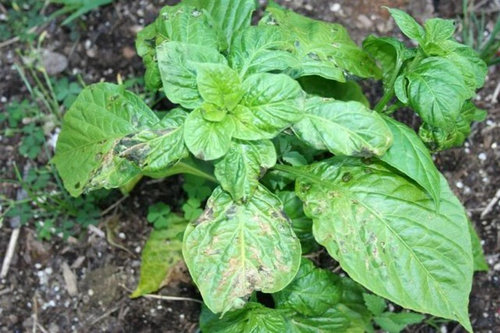
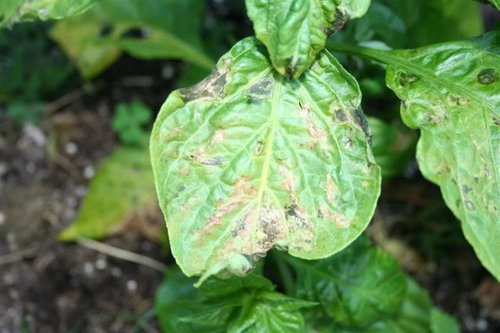
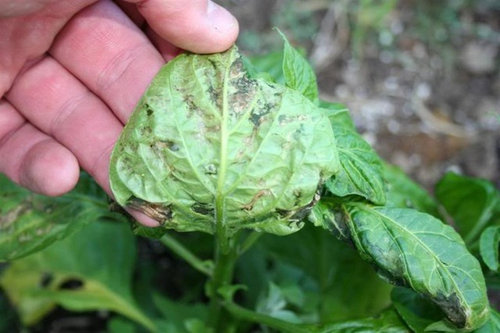
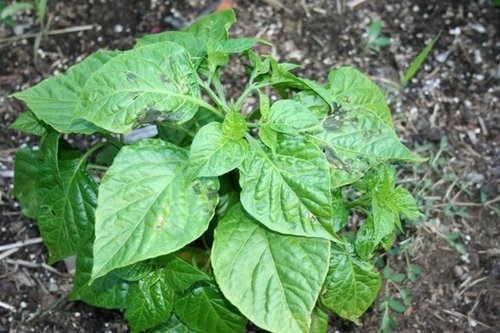
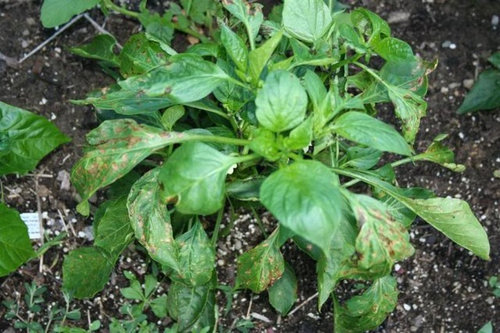

peps22
medcave
Related Professionals
Holly Springs Landscape Architects & Landscape Designers · Ferndale Landscape Architects & Landscape Designers · Harrison Landscape Architects & Landscape Designers · Towson Landscape Architects & Landscape Designers · Woburn Landscape Contractors · Brunswick Landscape Contractors · Fort Atkinson Landscape Contractors · Hannibal Landscape Contractors · Hoffman Estates Landscape Contractors · Homewood Landscape Contractors · La Vista Landscape Contractors · Palos Verdes Estates Landscape Contractors · Saint George Landscape Contractors · Quartz Hill Landscape Contractors · Suisun City Landscape Contractorsrdback
pepperdude
marxxxOriginal Author
User
matrixman
Jeremy.F